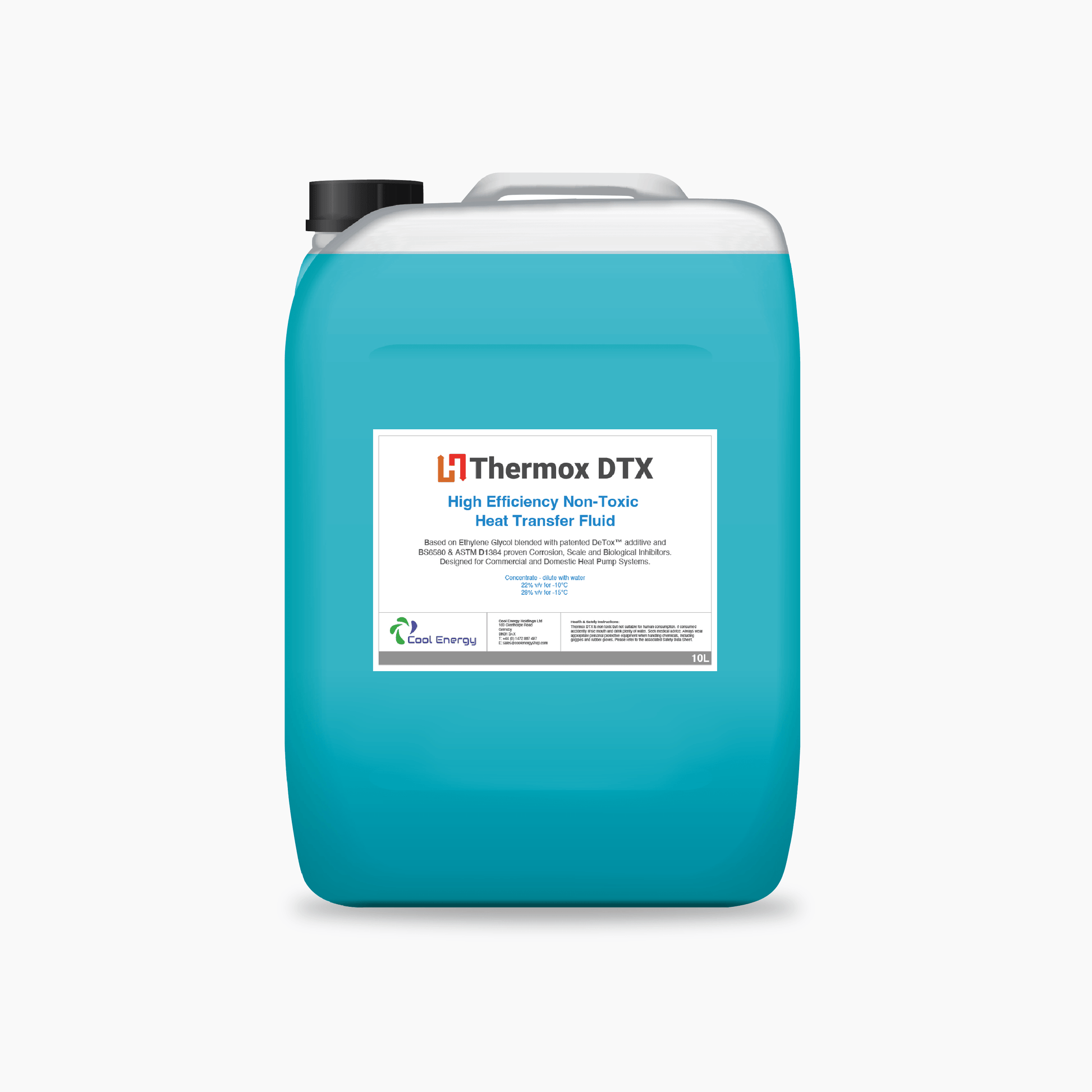Exactly How Warm Transfer Fluid Adds to Lasting and Cost-Effective Operations
In the contemporary commercial landscape, the duty of warm transfer fluids (HTFs) in advertising sustainable and cost-efficient procedures can not be overstated. These fluids are critical in optimizing thermal management systems, thereby significantly enhancing power performance and lowering functional prices. Additionally, the environmental benefits of innovative HTFs, with their high thermal security and reduced poisoning, are obvious. They not just expand system longevity yet likewise add to the reduction of harmful exhausts. Yet, real possibility of HTFs is realized via the precise option procedure, ensuring compatibility and safety. But what factors should assist this vital selection?
Recognizing Warm Transfer Liquids
In the realm of thermal management, warmth transfer liquids (HTFs) serve as important representatives for transferring thermal power from one location to one more. These fluids play an essential role in numerous commercial applications, including chemical processing, power generation, and A/c systems.
The structure of warm transfer fluids can differ dramatically, including options such as mineral oils, artificial oils, glycols, and molten salts. Each kind supplies distinctive benefits, such as improved thermal security, low thickness, and high boiling points, which are selected based on particular functional demands. The selection of HTF effects not just the efficiency of warm transfer but additionally the longevity and safety of the system in which it is utilized.
As sectors continue to innovate, the development of innovative HTFs, defined by their enhanced thermal conductivity and reduced environmental influence, is essential for meeting the demands of contemporary thermal administration challenges.

Enhancing Power Performance

Improving energy performance has actually come to be a vital problem across different industries, motivating a closer exam of heat transfer liquids' function in optimizing thermal administration systems. These fluids are essential to preserving the preferred temperature level in processes, therefore decreasing energy waste and boosting overall system performance. By choosing an appropriate heat transfer liquid, sectors can considerably improve their energy performance, bring about decreased power usage.

Advanced formulas of warmth transfer fluids have actually been established to withstand severe temperature levels while keeping stability and performance. These advancements prolong the functional life expectancy of the liquid, minimizing the frequency of replacements and energy-intensive upkeep tasks. The use of synthetic or bio-based fluids offers extra benefits in terms of minimized environmental effect, straightening with global sustainability goals. Enhancing power performance with optimal heat transfer fluid option is not only a technological necessity his explanation but additionally an ecological necessary.
Minimizing Functional Prices
Functional expenses are a considerable factor to consider for industries seeking to preserve affordable advantage, and the selection of warmth transfer liquid plays an important role in price administration. Picking an appropriate warm transfer fluid can result in significant expense savings by enhancing system efficiency and minimizing energy usage. High-performance liquids lessen thermal destruction, which consequently reduces the regularity of liquid replacement and downtime connected with maintenance, therefore decreasing functional costs.
Furthermore, heat transfer fluids with premium thermal security and rust resistance extend the life expectancy of devices. This reduces the demand for frequent repairs and substitutes, which can be costly and turbulent to operations. By buying premium liquids, industries can accomplish long-term reductions in upkeep expenses and boost the dependability of their systems.
In addition, progressed heat transfer fluids often exhibit lower thickness at running temperatures, which improves pump performance and reduces energy usage in fluid flow. Many modern warmth transfer liquids are crafted to operate properly over a large temperature array, decreasing the requirement for numerous liquid types, thus improving supply demands and minimizing connected prices.
Environmental Influence Reduction
The press in the direction of reducing environmental effect has gotten momentum in industries leveraging warm transfer liquids. Warm transfer liquids (HTFs) play a crucial role in this transition, supplying opportunities to enhance energy performance and reduce emissions - heat transfer fluid.
In addition, using sophisticated warmth transfer fluids adds to better system performance, lowering the general energy consumption. This decrease not only leads to price savings but additionally reduces co2 emissions, aiding in the fight versus environment change. Fluids that are naturally degradable and recyclable even more enhance sustainability initiatives, as you can try this out they reduce waste and advertise circular economic situation methods.
Furthermore, incorporating HTFs right into closed-loop systems stops fluid loss and contamination of the surrounding setting. This technique makes certain that liquids are recycled, minimizing the demand for new sources and limiting waste generation. By welcoming these ecologically aware methods, industries can substantially decrease their environmental influence while maintaining high operational efficiency, straightening with international sustainability goals and governing requirements.
Selecting the Right HTF
Selecting the appropriate warm transfer liquid (HTF) go is a crucial step in advancing environmental sustainability within industrial processes - heat transfer fluid. A suitable HTF should possess a high thermal ability, reduced thickness, and high thermal conductivity to make certain effective warm transfer.
When selecting an HTF, it is important to consider its compatibility with system products to stay clear of rust and chain reaction. This ensures durability and minimizes upkeep costs. Additionally, the liquid should be non-toxic and biodegradable, lessening its eco-friendly impact and guaranteeing compliance with environmental laws. The lifecycle expense of the HTF, encompassing procurement, operation, and disposal, ought to also be examined to make sure financial feasibility.
Verdict
